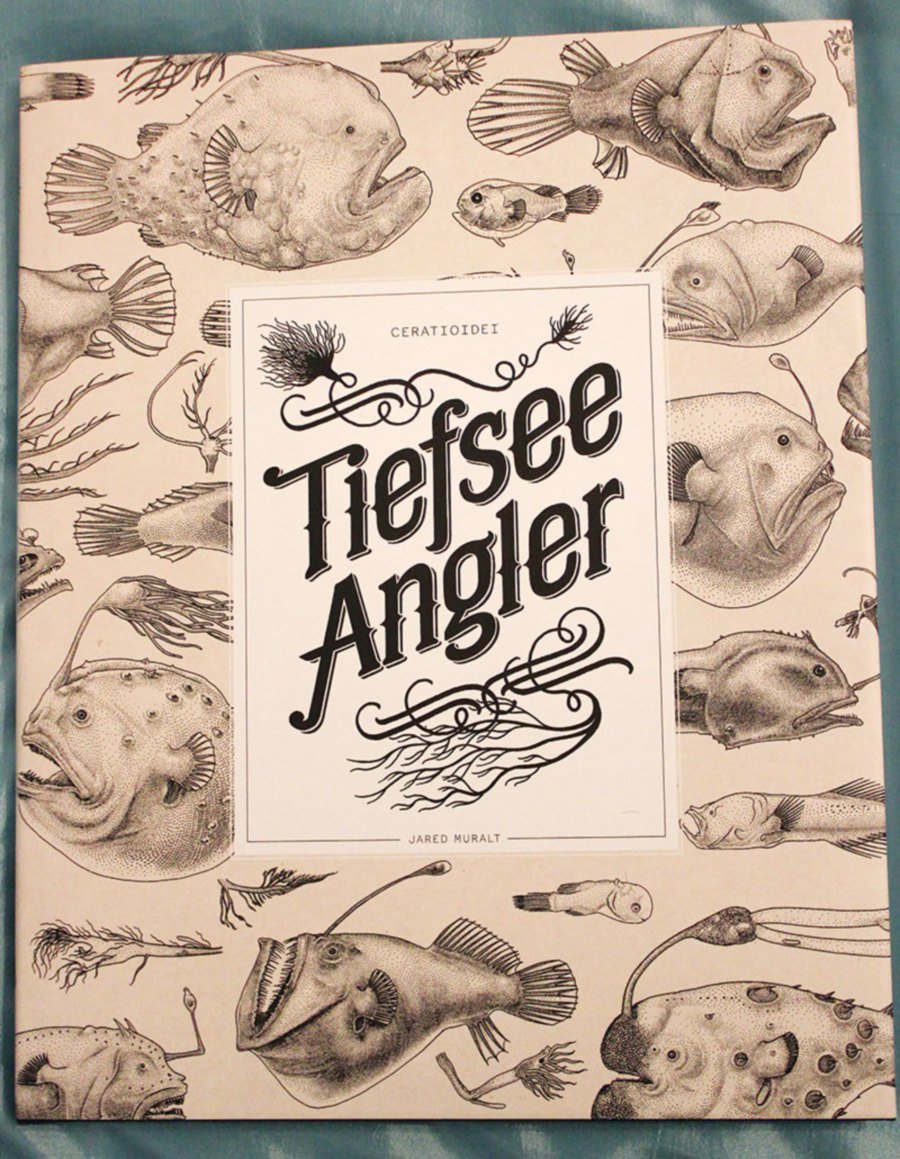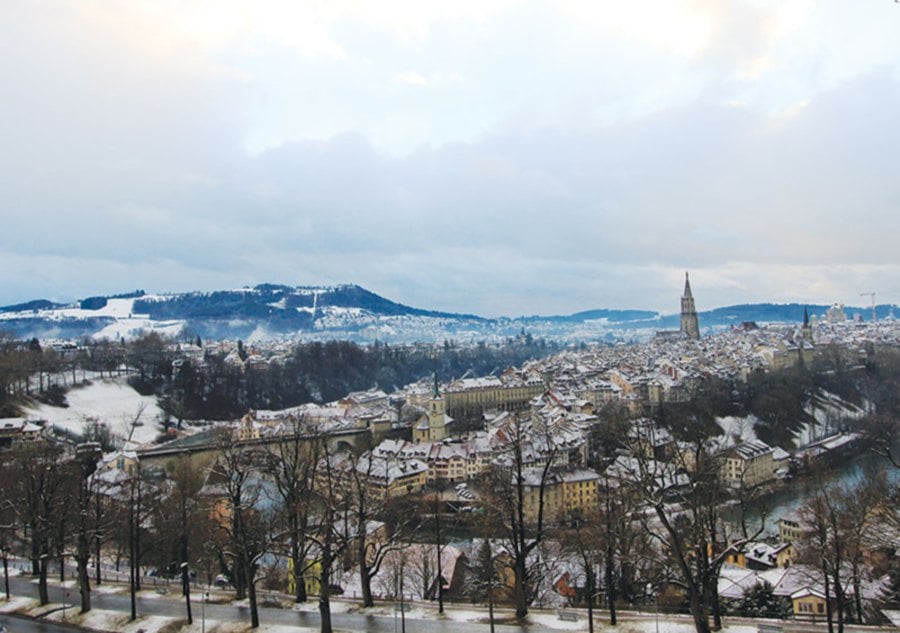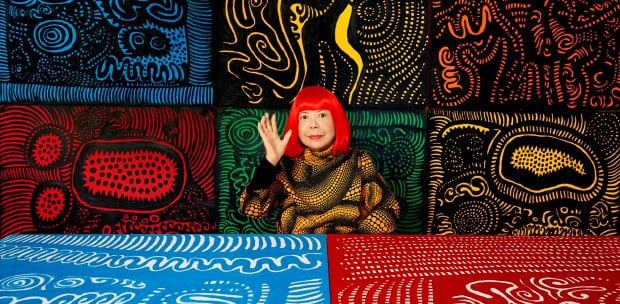DRIFTING into Jared Muralt’s experimental playground is as effortless as the daily ritual he offers through his diaristic sketches. The graceful cadence of this Swiss illustrator’s pen invites regular and admiring spectators (over 170,000 of them) into his inquisitive mind via his Instagram page. Each page of his sketchbook is a conduit into the 35-year-old artist’s keen observation — of people, the natural world and the animal kingdom.
And it was on quiet dawns in 2012 that Muralt, a Bern native, indulged in an unlikely obsession — research into the unsightly but mesmerising deep sea anglerfish. What started off as a self-study in the ink-drawing technique known as “stippling” (which applies tone and texture in precise small dots) steadily glued Muralt to his desk for up to four hours every morning. Admittedly, he didn’t intend to start a project on these bizarre creatures. But his fastidious and careful study of the species for two years spawned over 100 different illustrations which he subsequently compiled into a book called Tiefsee Angler (Deep Sea Angler).
The fish’s razor-sharp jaws, antennae and fins, among others, are accurately depicted and lures in readers to the ocean’s deepest darkest realms. While the Tiefsee Angler doesn’t make any claim to be a scientific work, the precision and aesthetic qualities of Muralt’s anglerfish drawings closely follow in the tradition of scientific illustration. Published in 2014, the book is a celebration of these captivating sea creatures in what remains to be the first volume ever published to include standardised illustrations of them.
DEEP BLUE INSPIRATION
His workspace overlooks the Aare river where it flows its way into Switzerland’s capital city from the Bernese Alps and encircles the old town of Bern, a Unesco World Heritage Site. While not located next to the vast ocean he longs for, Muralt’s equally expansive imagination comes to life at the BlackYard studio — a Swiss art collective he co-established with three friends: Christian Calame, Philipp Thoeni and Silvio Brugger.
The BlackYard team received Bern’s Advancement Award for Design in 2009 and it’s a commendable milestone for Muralt, although having attended art school for a year in Bern, is primarily a self-taught artist. What underlie his artistic practice are his meticulous research and keen observation.
This level of micro examination of his natural surroundings started early. “I spent some holidays as a child at the sea and this cemented my love for the ocean. When I was five, I visited India with my mother at a coastal village in the country.” There, he observed wooden fishing boats on the beach hauling the day’s catch and brimming in the nets were sea creatures he encountered for the first time. This spectacle was an unforgettable sensory and imaginative feast for the young Muralt.
This life-long fascination with the ocean is penned through his sketches such as Sinbad and Moby Dick as well as comic book, The End of the Bon Voyage, which features flying ships and fantastical sea creatures. His trademark drawings offer exquisite details of fictional and real-life specimens which range from giant squids, sinking ships and trees to scenes of aerial warfare. This same self-study and discipline led to the inception of the Tiefsee Angler project five years ago.
MERGING ART AND SCIENCE
“Not a great deal is known about the deep sea anglerfish or the ocean in general,” remarks Muralt, adding: “The unique characteristics of this fish such as their sharp teeth, lantern-appendage, wart-like scales, ability to glow in the dark and living in the most inhospitable environment compelled me to draw them.”
He began practising the stippling technique, drawing one anglerfish every day to see how far he could take this exercise. But it certainly wasn’t his intention to do a book. “I’d take an hour to draw one of them in the beginning. The drawings then progressed with greater detail and I’d take about four hours to complete a sketch of the anglerfish. The repetitive style of the dots was akin to meditational work, it had its own rhythm,” he says.
The idea of the book become clearer to Muralt after he finished the 50th drawing in my sketchbook. He realised he wanted to draw all of the 160 of the Ceratioidei anglerfish!
It’s said that an illustrator is able to not merely capture the reflection of an object, but also its essence. Muralt uses pictures of the deep sea anglerfish from Japanese, Russian and English blogs to guide his drawing. From the murky depths of the ocean they’re brought onto paper as his technical dexterity breathes life to the grotesque, vivid and curious features of the anglerfish.
The results are intricate details conveyed in tones, shades and depths that are unattainable through photography. He credits illustration legends such as Mobius (Jean Henri Gaston Giraud), Hergé (Georges Prosper Remi) and Winsor McCay as his inspirations.
Interestingly, his idiosyncratic style is reminiscent of famous scientific illustrators such as John James Audubon and Marcus Elieser Bloch. The latter in the late 18th century described all fish species then known to science (and 267 previously unknown) through his 12-volume encyclopaedia, ‘General Natural History of Fishes’.
According to the Guild of Natural Science Illustrators, the purpose of scientific illustration is “to create images of animals, objects and complex processes that teach, inform, and create understanding of our world.”
Muralt achieves exactly this. His steady hands render each anglerfish in Tiefsee Angler as a series of vertical drawings; all defined in fine abstraction. He differentiates the anglerfish and carries a brief description of each species. It is a testament that art can still be the scientist’s eye.
FROM MUSE TO PERTINENT MESSAGES
Based in Bern, Muralt finds the quiet city as a complementary base for his creative pursuits. He brings his Moleskine sketchbook everywhere and with little distractions and a good pool of artists in Bern, his source of inspiration appears to flow constantly.
“My drawings are shaped by my understanding and awareness of social issues, the people around me and the ideas and art I exchange with friends. Swimming in the clear waters of Aare or immersing myself in the landscape when hiking also manifest through my illustrations,” explains Muralt.
It’s hard not to be consumed by the same obsession that Muralt had for the Ceratioidei anglerfish once you pick up the Tiefsee Angler. Arguably, it’s the most fascinating of all animals possessing a host of remarkable morphological, behavioural and physiological traits found nowhere else. In fact, the newest deep sea anglerfish species was only discovered by scientists in 2015 below 914m. From their horrifying mode of reproduction, luring their prey with bioluminescence, to their ability to survive in crushing pressures and freezing temperatures, Muralt’s labour of love resonates with many. To date, hundreds of copies of the Tiefsee Angler have been distributed in Switzerland to nature enthusiasts and other parties with many more copies purchased by Muralt’s followers through the BlackYard studio’s online site.
With so little known about the deep sea anglerfish, Muralt acknowledges that his publication could potentially assist conservation efforts for these species and for the marine environment in general. “I personally don’t eat much fish these days and I’m deeply concerned about the state of our natural environment. But this was not the main reason for Tiefsee Angler as the book conveys my own love for the ocean and its wonders. Nevertheless, if it can help push the message of some of the environmental destruction we’re facing such as overfishing and plastic pollution of the seas, then I’m glad.”








